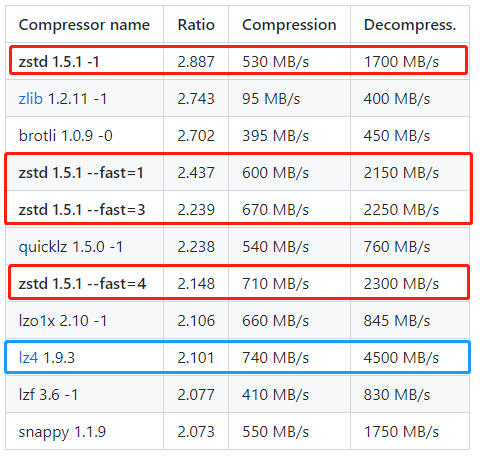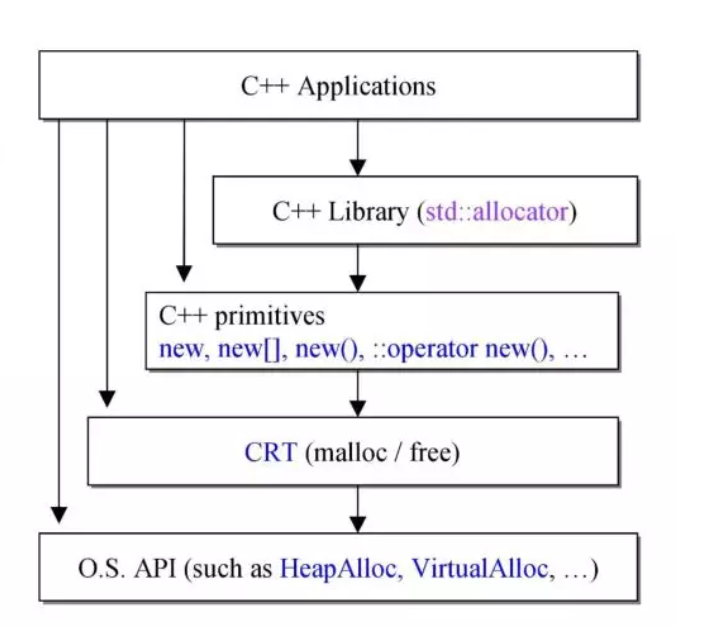这篇文章主要介绍了python调用c++动态库dll时的参数传递,本文通过实例代码给大家介绍的非常详细,对大家的学习或工作具有一定的参考借鉴价值,需要的朋友可以参考下
string
C++生成dll代码:
#include <iostream>
extern "C" __declspec(dllexport) int get_str_length(char *str);
int get_str_length(char *in_str)
{
std::string str(in_str);
return str.length();
}
将VS_create_dll.dll放在与python相同文件夹下。
python调用代码
import ctypes as C
dll = C.cdll.LoadLibrary('VS_create_dll.dll')
#4.1 传入字符串调用demo 方法一
p_str = C.c_char_p(b'hello')#或p_str = b'hello'
str_length1 = dll.get_str_length(p_str)
print("传入字符串调用demo 方法一:")
print (str_length1)
#4.1 传入字符串调用demo 方法二
get_str_length = dll.get_str_length
get_str_length.argtypes = [C.c_char_p]
get_str_length.restype = C.c_int
str_length2 = get_str_length(p_str)
print("传入字符串调用demo 方法二:")
print (str_length2)
cv::Mat
python中opencv存储一幅图像的数据类型是array,而在C++中opencv存储一幅图像的数据类型是Mat,这两者之间的转换需要通过unsigned char * 来完成。
数据类型对应关系
python: C.POINTER(C.c_ubyte)
C++: unsigned char *
python中将array转换成C.POINTER(C.c_ubyte)(对应C++中的unsigned char *)的方法
import ctypes as C
import cv2
img = cv2.imread('ROI0.png')
#将img转换成可被传入dll的数据类型
img.ctypes.data_as(C.POINTER(C.c_ubyte))
C++中将unsigned char* 转换成Mat的方法
假设传入的变量为unsigned char *src_data
Mat src = Mat(rows,cols,CV_8UC3,src_data);
C++中opencv提供了通过unsigned char*构造Mat类型的API,这个API还需要行数、列数、通道数等信息。
因此python调用dll时,不仅要将src_data传入,还需要将rows,cols等信息传入。
C++中将Mat转换成unsigned char *的方法
src.dataC++中opencv提供了将Mat转换成unsigned char *的API,即Mat.data
C++中将unsigned char*复制的方法
memcp(ret_data,src.data,rows*cols*3);
python中将C.POINTER(C.c_ubyte)(对应C++中的unsigned char *)转换成array的方法
#声明并初始化变量
import numpy as np
import cv2
ret_img = np.zeros(dtype=np.uint8, shape=(rows, cols, 3))
#call dll,ret_img.ctypes.data_as(C.POINTER(C.c_ubyte))作为参数传入
cv2.imshow("result",ret_img )
由于在python中ret_img本身就是array类型的,只是在调用dll时将其作为形参转换成了C.POINTER(C.c_ubyte),因此ret_img不需要转换。
C++生成dll代码:
#include "stdafx.h"
#include <iostream>
#include <opencv2/opencv.hpp>
#include <opencv2/highgui/highgui.hpp>
#include <opencv2/imgproc/imgproc.hpp>
using namespace cv;
using namespace std;
extern "C" __declspec(dllexport) void draw_circle(int rows, int cols, unsigned char *src_data, unsigned char *ret_data);
void draw_circle(int rows, int cols, unsigned char *src_data , unsigned char *ret_data)
{
//将unsigned char转换成Mat
Mat src = Mat(rows, cols, CV_8UC3, src_data);
//在图像上画一个蓝色的圆
circle(src, Point(60, 60), 10, Scalar(255, 0, 0));
//将Mat转换成unsigned char
memcpy(ret_data, src.data, rows*cols * 3);
}
python
import ctypes as C
import cv2
import numpy as np
dll = C.cdll.LoadLibrary("draw_circle.dll")
img = cv2.imread('ROI0.png')
(rows, cols) = (img.shape[0], img.shape[1])
ret_img = np.zeros(dtype=np.uint8, shape=(rows, cols, 3))
dll.draw_circle(rows, cols, img.ctypes.data_as(C.POINTER(C.c_ubyte)), ret_img.ctypes.data_as(C.POINTER(C.c_ubyte)))
cv2.imshow("src with circle",ret_img)
cv2.waitKey(0)
参考
https://blog.csdn.net/wolfcsharp/article/details/103754514
到此这篇关于python调用c++动态库(dll)时的参数传递的文章就介绍到这了,更多相关python调用c++动态库dll内容请搜索编程学习网以前的文章希望大家以后多多支持编程学习网!
本文标题为:关于python调用c++动态库dll时的参数传递问题


基础教程推荐
- 05-C语言进阶——动态内存管理 2023-11-20
- 利用QT设计秒表功能 2023-05-30
- C语言植物大战数据结构二叉树递归 2023-04-09
- g++: const 丢弃限定符 2022-10-07
- VisualStudio2010安装教程 2023-01-05
- 纯C++代码详解二叉树相关操作 2023-05-15
- C语言数组长度的计算方法实例总结(sizeof与strlen) 2023-04-26
- character-encoding – Linux中最常见的C语言编码(和Unix?) 2023-11-21
- C语言的三种条件判断语句你都了解吗 2023-03-05
- Qt数据库应用之实现通用数据库请求 2023-03-18

















